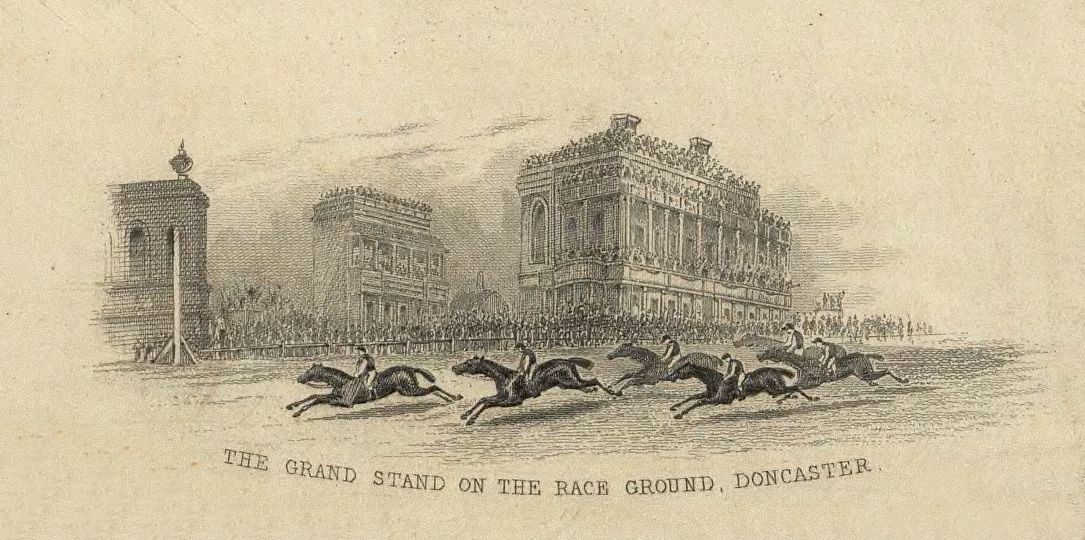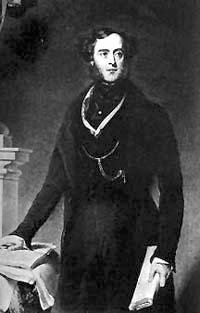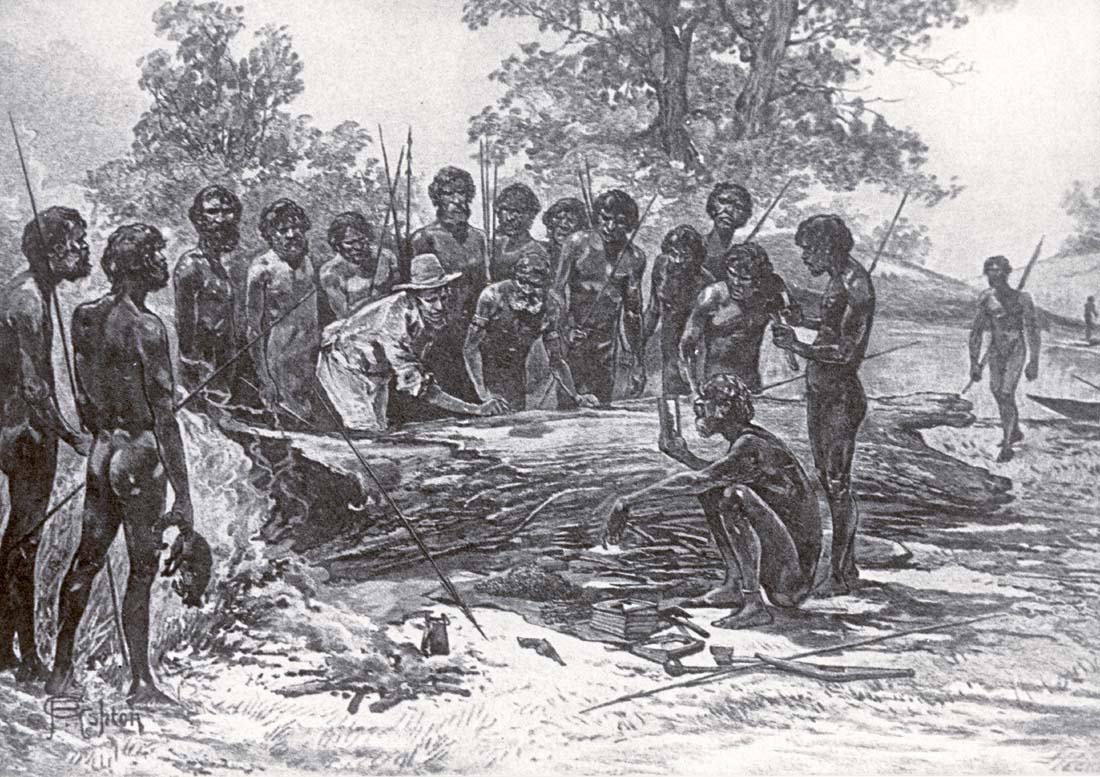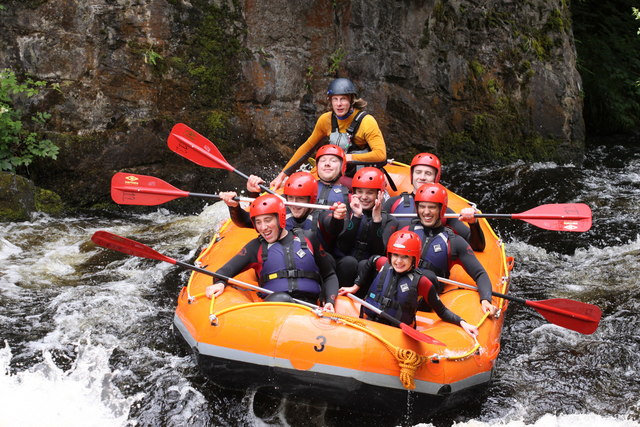|
Lord Clifden
Lord Clifden (1860 – 7 February 1875) was a British Thoroughbred racehorse. He was undefeated as a two-year-old, including wins in the Woodcote Stakes and Champagne Stakes. As a three-year-old he was just beaten by a short-head in the Derby, before winning the St. Leger later in the season, despite being 100 yards behind the rest of the field at one point in the race. After an unsuccessful four-year-old campaign he was retired to stud and became champion sire of Great Britain and Ireland in 1876. He sired the St. Leger winners Hawthornden and Wenlock, the dual- Classic winners Petrarch and Jannette, as well as the champion sire Hampton. Lord Clifden was purchased by Carnegie Robert John Jervis, 3rd Viscount St Vincent, after his first race and was sold to Thomas Gee as a stallion. As the two and three-year-old he was trained by Edwin Parr, with William Bevill training him for his four-year-old season. Background Lord Clifden was a bay colt bred by J. A. Hind and foale ... [...More Info...] [...Related Items...] OR: [Wikipedia] [Google] [Baidu] |
Newminster (horse)
Newminster (1848 – 2 October 1868) was a British Thoroughbred racehorse who won the St. Leger Stakes in 1851. He raced for four seasons, winning two of his ten races. He retired to stud in Yorkshire and became British champion sire in 1859 and 1863. Newminster sired the Derby winners Musjid and Hermit and the champion sires Adventurer and Lord Clifden. He was trained by John Scott and owned by Anthony Nichol throughout his racing career. Background Newminster was a bay colt bred by William Orde and foaled in 1848. He was sired by Touchstone, who won the St. Leger Stakes as a three-year-old, before winning both the Doncaster Cup and Ascot Gold Cup twice as an older horse. He was also a successful stallion, becoming British champion sire four times. Touchstone sired many Classic winners including the Derby winners Cotherstone, Orlando and Surplice. Newminster's dam was Beeswing, a daughter of Doctor Syntax. Beeswing was a successful racemare who raced for many years. ... [...More Info...] [...Related Items...] OR: [Wikipedia] [Google] [Baidu] |
Colt (horse)
A colt is a male horse, usually below the age of four years. Description The term "colt" only describes young male horses and is not to be confused with foal, which is a horse of either sex less than one year of age. Similarly, a yearling is a horse of either sex between the ages of one and two. A young female horse is called a filly, and a mare once she is an adult animal. In horse racing, particularly for Thoroughbreds in the United Kingdom, a colt is defined as an uncastrated male from the age of two up to and including the age of four. The term is derived from Proto-Germanic *''kultaz'' ("lump, bundle, offspring") and is etymologically related to "child." An adult male horse, if left intact, is called either a "stallion" if used for breeding, or a horse (sometimes full horse); if castrated, it is called a gelding. In some cases, particularly informal nomenclature, a gelding under four years is still called a colt. A rig or ridgling is a male equine with a retained t ... [...More Info...] [...Related Items...] OR: [Wikipedia] [Google] [Baidu] |
Epsom Downs Racecourse
Epsom Downs is a Grade 1 racecourse on the hills associated with Epsom in Surrey, England which is used for thoroughbred horse racing. The "Downs" referred to in the name are part of the North Downs. The course, which has a crowd capacity of 130,000 when taking into account people watching from the Epsom Downs, an area freely available to the public, is best known for hosting the Derby Stakes, which has come to be widely referred to as The Derby or as the Cazoo Derby for sponsorship reasons, the United Kingdom's premier thoroughbred horse race for three-year-old colts and fillies, over a mile and a half (2400 m). It also hosts the Oaks Stakes (also widely referred to as The Oaks) for three-year-old fillies, and the Coronation Cup for horses aged four years and upwards. All three races are Group 1 races and run over the same course and distance. The Chairman of the course since 2015 is Julia Budd. The course is owned by the Jockey Club. The Queen has attended the Derby mos ... [...More Info...] [...Related Items...] OR: [Wikipedia] [Google] [Baidu] |
Stewards' Cup (Great Britain)
The Stewards' Cup is a flat handicap horse race in Great Britain open to horses aged three years or older. It is run at Goodwood over a distance of 6 furlongs (1,207 metres), and it is scheduled to take place each year in late July or early August. History For several years in the 1830s the senior steward at Goodwood presented an annual cup to the winner of any race of his choosing. The choice varied each year, and the trophy was awarded for events with distances of up to 1½ miles. A perpetual race for the Stewards' Cup over a sprint distance of 6 furlongs was conceived by Lord George Bentinck in late 1839, and the inaugural running took place the following summer. The first commercial sponsor of the Stewards' Cup was Spillers, a company associated with the race from 1970 to 1980. The event was backed by the Tote in 1981, and by William Hill from 1982 to 1992. The race was formerly held on the opening day of the five-day Glori ... [...More Info...] [...Related Items...] OR: [Wikipedia] [Google] [Baidu] |
Portland Handicap
The Portland Handicap is a flat handicap horse race in Great Britain open to horses aged three years or older. It is run at Doncaster over a distance of 5 furlongs and 143 yards (1,137 metres), and it is scheduled to take place each year in September. History The event was established in 1855, and for a period it was known as the Portland Plate. The original course started opposite a coaching inn called Red House, and it featured a left-handed bend at about halfway. The race was later transferred to a straight course. The Portland Handicap is held during Doncaster's four-day St. Leger Festival, and it is currently staged on the final day, the same day as the St Leger Stakes. Records Most successful horse (3 wins): * Halmahera – ''2002, 2003, 2004'' Leading jockey (5 wins): * Brownie Carslake – ''Irish Elegance (1919), Glanmerin (1921), Tag End (1928), Polar Bear (1932), Rosemary's Pet (1934)'' Leading trainer (5 wins): * ... [...More Info...] [...Related Items...] OR: [Wikipedia] [Google] [Baidu] |
Surplice (horse)
Surplice (1845–1871) was a British Thoroughbred racehorse and sire. In a career that lasted from July 1847 to October 1849 he ran thirteen times and won nine races. He was the leading colt of his generation in England at both two and three years old, with his wins including The Derby and the St Leger in 1848: he was the first horse for forty-eight years to win both of these Classics. His later career was less successful and he was retired to stud in 1850. Surplice had limited success as a sire of winners and died in 1871. Background Surplice was a dark bay horse with a small white star standing 16.1 hands high, making him an unusually large Thoroughbred for his time. He was bred by Lord George Bentinck, the dominant figure in British horse-racing of his era. In 1846, Bentinck decided to concentrate on his political affairs and sold all his racing interests, including the yearling Surplice, to Edward Lloyd-Mostyn for £10,000. A condition of the deal was that Surplice ... [...More Info...] [...Related Items...] OR: [Wikipedia] [Google] [Baidu] |
Filly
A filly is a female horse that is too young to be called a mare. There are two specific definitions in use: *In most cases, a ''filly'' is a female horse under four years old. *In some nations, such as the United Kingdom and the United States, the world of horse racing sets the cutoff age for fillies as five. Fillies are sexually mature by two and are sometimes bred at that age, but generally, they should not be bred until they themselves have stopped growing, usually by four or five.Ensminger, M. E. ''Horses and Horsemanship: Animal Agriculture Series.'' Sixth Edition. Interstate Publishers, 1990. p. 149-150 Some fillies may exhibit estrus as yearlings. The equivalent term for a male is a colt. When horses of either sex are less than one year, they are referred to as foal A foal is an equine up to one year old; this term is used mainly for horses, but can be used for donkeys. More specific terms are colt for a male foal and filly for a female foal, and are used ... [...More Info...] [...Related Items...] OR: [Wikipedia] [Google] [Baidu] |
Yearling (horse)
A yearling is a young horse either male or female that is between one and two years old.Ensminger, M. E. ''Horses & Tack: A Complete One Volume Reference on Horses and Their Care'' Rev. ed. Boston:Houghton Mifflin Co. 1991 p. 470 Yearlings are comparable in development to a very early adolescent and are not fully mature physically. While they may be in the earliest stages of sexual maturity, they are considered too young to be breeding stock. Yearlings may be further defined by sex, using the term "colt" to describe any male horse under age four, and filly for any female under four. Development and training Generally, the training of yearlings consists of basic gentling on the ground; most are too young to be ridden or driven. Yearlings are often full of energy and quite unpredictable. Even though they are not fully mature, they are heavier and stronger than a human and require knowledgeable handling. Many colts who are not going to be used as breeding stallions are gelded ... [...More Info...] [...Related Items...] OR: [Wikipedia] [Google] [Baidu] |
Melbourne (horse)
Melbourne ( ; Boonwurrung/Woiwurrung: ''Narrm'' or ''Naarm'') is the capital and most populous city of the Australian state of Victoria, and the second-most populous city in both Australia and Oceania. Its name generally refers to a metropolitan area known as Greater Melbourne, comprising an urban agglomeration of 31 local municipalities, although the name is also used specifically for the local municipality of City of Melbourne based around its central business area. The metropolis occupies much of the northern and eastern coastlines of Port Phillip Bay and spreads into the Mornington Peninsula, part of West Gippsland, as well as the hinterlands towards the Yarra Valley, the Dandenong and Macedon Ranges. It has a population over 5 million (19% of the population of Australia, as per 2021 census), mostly residing to the east side of the city centre, and its inhabitants are commonly referred to as "Melburnians". The area of Melbourne has been home to Aboriginal Victorians ... [...More Info...] [...Related Items...] OR: [Wikipedia] [Google] [Baidu] |
Mare
A mare is an adult female horse or other equine. In most cases, a mare is a female horse over the age of three, and a filly is a female horse three and younger. In Thoroughbred horse racing, a mare is defined as a female horse more than four years old. The word can also be used for other female equine animals, particularly mules and zebras, but a female donkey is usually called a "jenny". A broodmare is a mare used for breeding. A horse's female parent is known as its dam. Reproductive cycle Mares carry their young (called foals) for approximately 11 months from conception to birth. (Average range 320–370 days.)Ensminger, M. E. ''Horses and Horsemanship: Animal Agriculture Series.'' Sixth Edition. Interstate Publishers, 1990. p. 156 Usually just one young is born; twins are rare. When a domesticated mare foals, she nurses the foal for at least four to six months before it is weaned, though mares in the wild may allow a foal to nurse for up to a year. The estro ... [...More Info...] [...Related Items...] OR: [Wikipedia] [Google] [Baidu] |
Adventurer (horse)
An adventure is an exciting experience or undertaking that is typically bold, sometimes risky. Adventures may be activities with danger such as traveling, exploring, skydiving, mountain climbing, scuba diving, river rafting, or other extreme sports. Adventures are often undertaken to create psychological arousal or in order to achieve a greater goal, such as the pursuit of knowledge that can only be obtained by such activities. Motivation Adventurous experiences create psychological arousal, which can be interpreted as negative (e.g. fear) or positive (e.g. flow). For some people, adventure becomes a major pursuit in and of itself. According to adventurer André Malraux, in his ''Man's Fate'' (1933), "If a man is not ready to risk his life, where is his dignity?". Similarly, Helen Keller stated that "Life is either a daring adventure or nothing." Outdoor adventurous activities are typically undertaken for the purposes of recreation or excitement: examples are adventure racing ... [...More Info...] [...Related Items...] OR: [Wikipedia] [Google] [Baidu] |
Nemesis (horse)
In ancient Greek religion, Nemesis, also called Rhamnousia or Rhamnusia ( grc, Ῥαμνουσία, Rhamnousía, the goddess of Rhamnous), was the goddess who personifies retribution for the sin of hubris: arrogance before the gods. Etymology The name ''Nemesis'' is related to the Greek word νέμειν ''némein'', meaning "to give what is due", from Proto-Indo-European ''nem-'' "distribute". Family Nemesis has been described as the daughter of Oceanus, Erebus, or Zeus, but according to Hyginus she was a child of Erebus and Nyx. She has also been described, by Hesiod, as the daughter of Nyx alone. In the Theogony, Nemesis is the sister of the Moirai (the Fates), the Keres (Black Fates), the Oneiroi (Dreams), Eris (Discord) and Apate (Deception). Some made her the daughter of Zeus by an unnamed mother. In several traditions, Nemesis was seen as the mother of Helen of Troy by Zeus, adopted and raised by Leda and Tyndareus. According to the poet Bacchylides, she was the mot ... [...More Info...] [...Related Items...] OR: [Wikipedia] [Google] [Baidu] |




_(8536503249).jpg)

